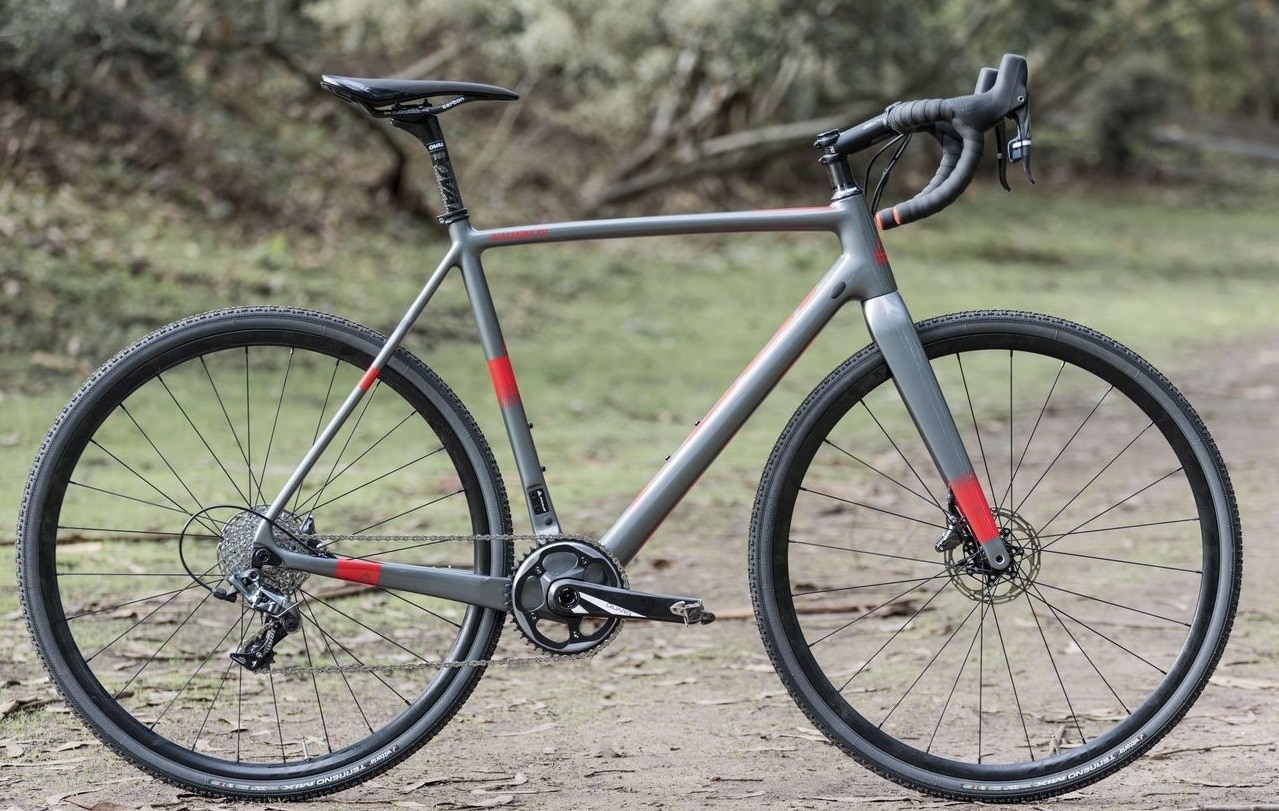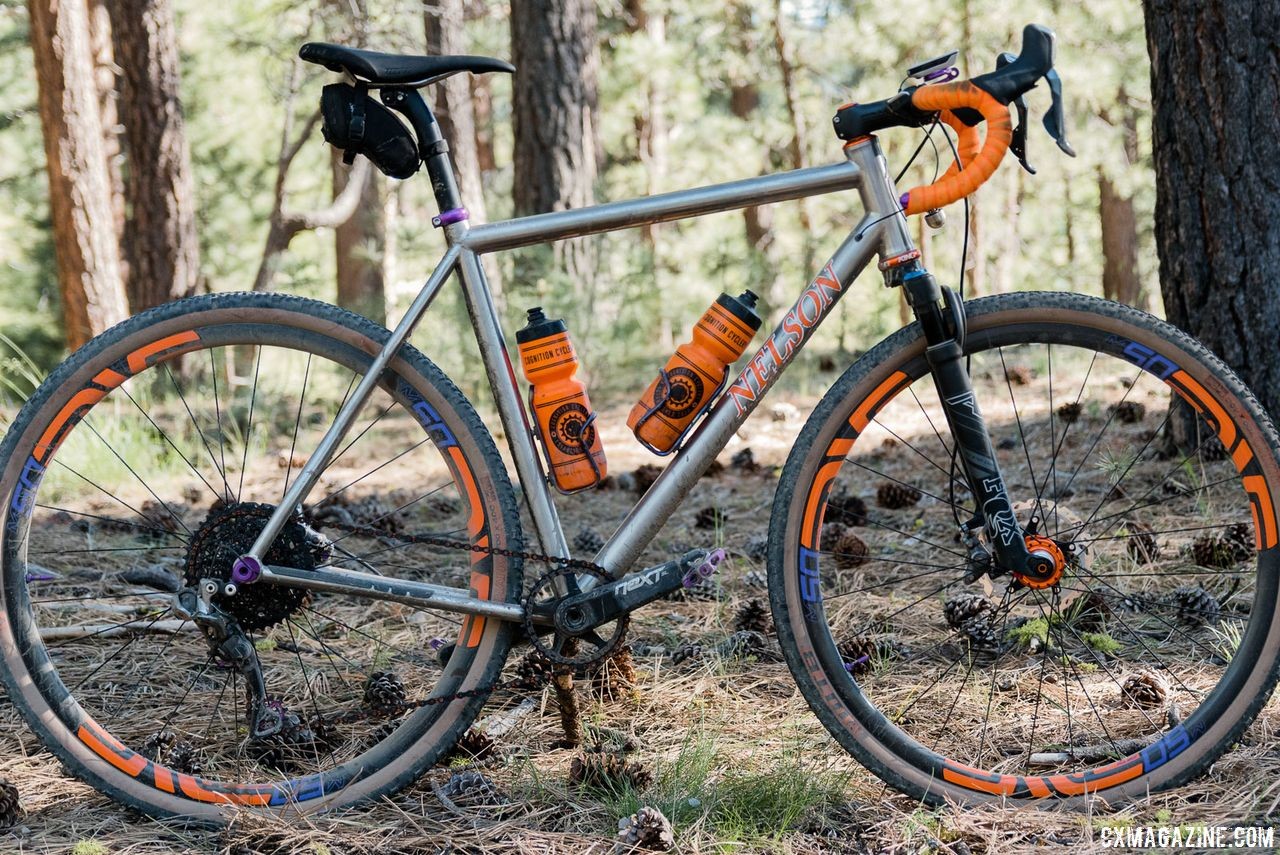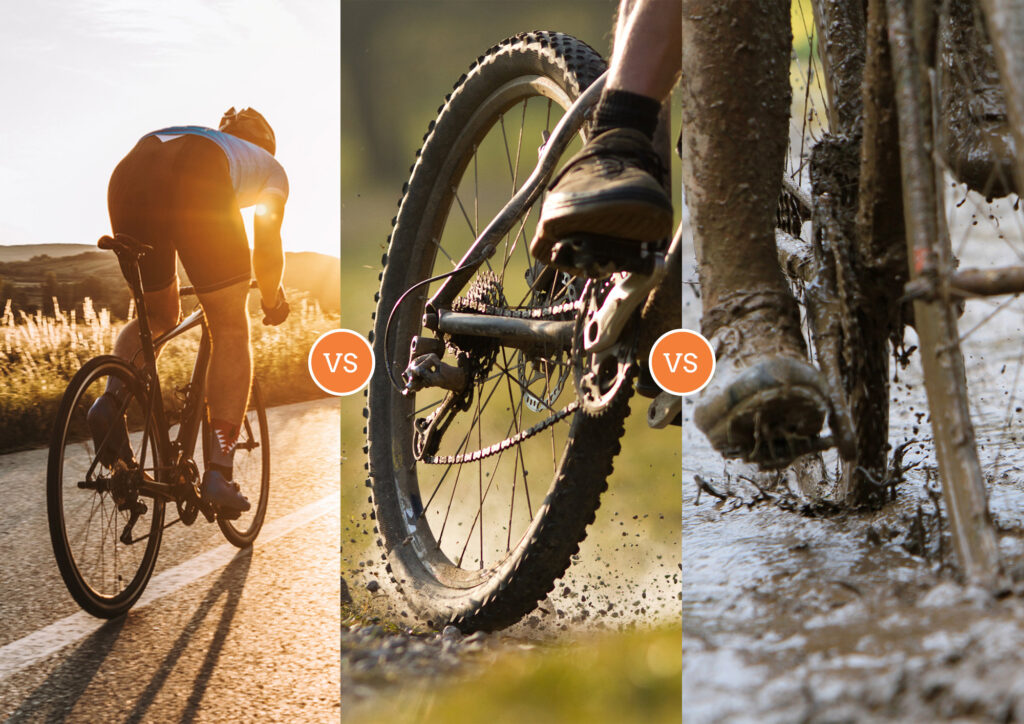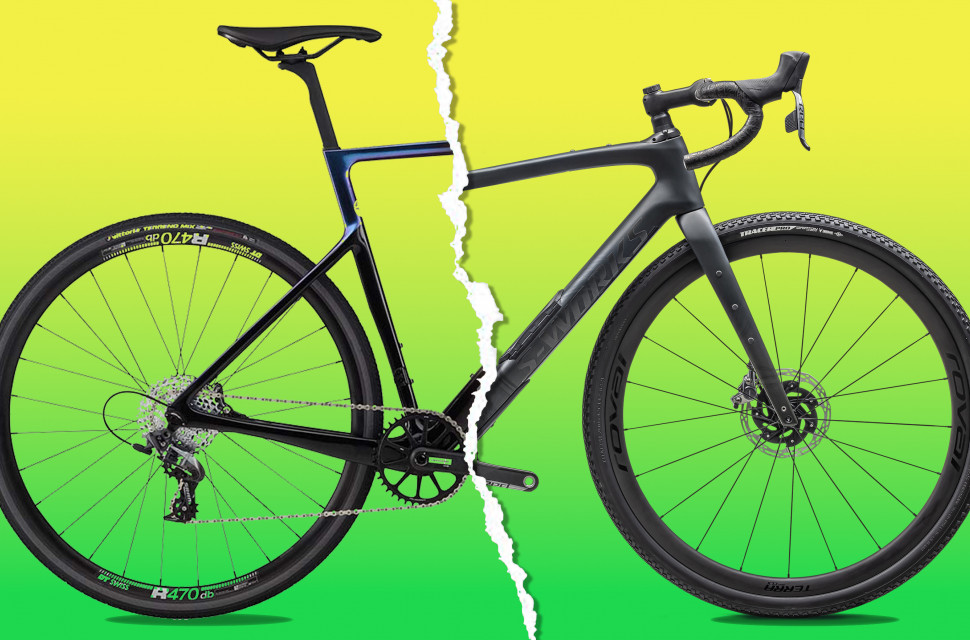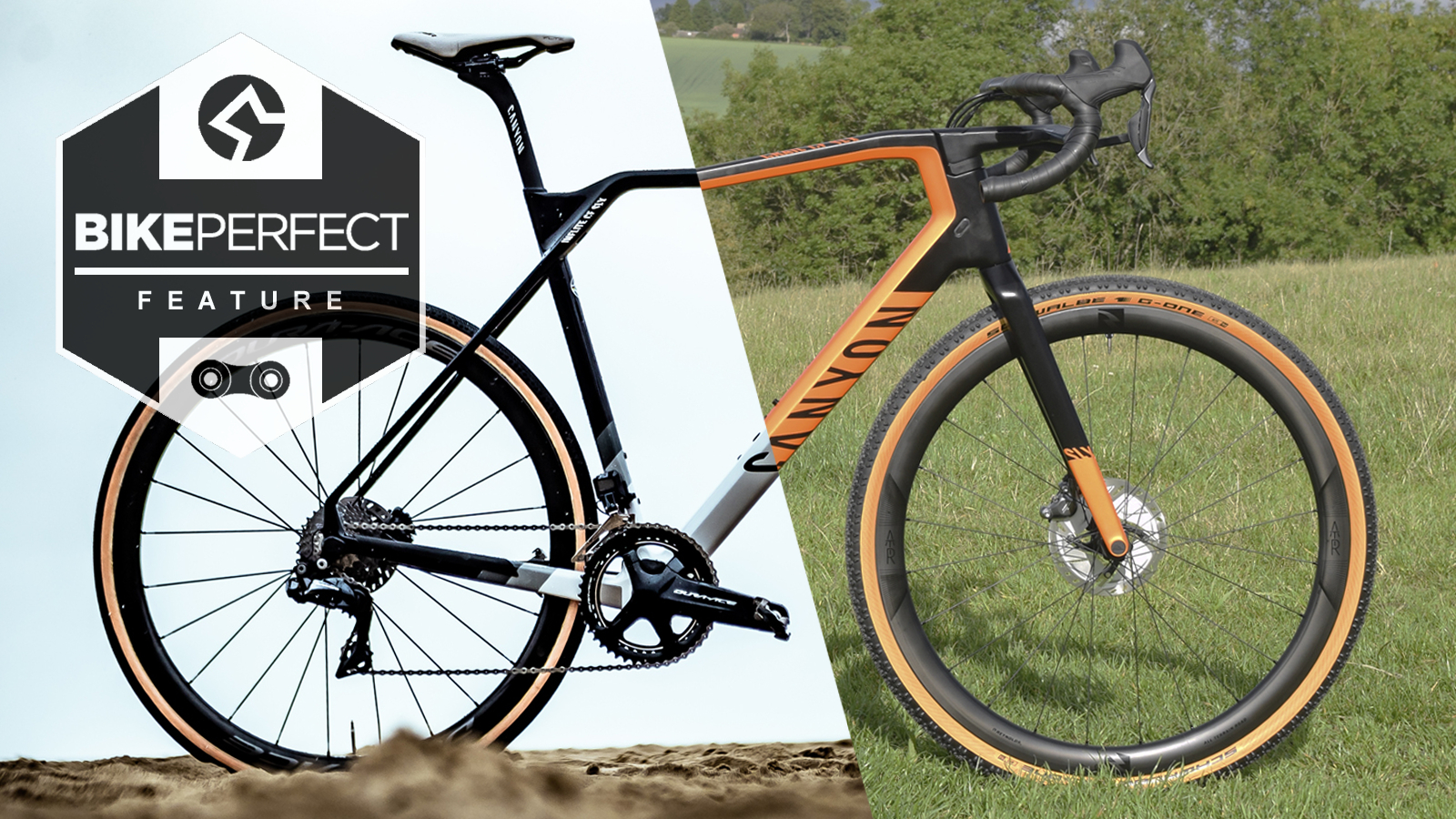Understanding the Differences Between Gravel and Cyclocross Bikes
The world of off-road cycling has experienced a significant surge in popularity, with many enthusiasts seeking adventure and excitement beyond the confines of paved roads. As a result, the debate between gravel and cyclocross bikes has intensified, leaving many riders confused about which bike to choose. The main question on every rider’s mind is: what’s the difference between a gravel and cyclocross bike? This article aims to provide a comprehensive guide to help readers make an informed decision when selecting the perfect bike for their off-road adventures, and ultimately, settle the gravel vs cyclocross bike debate. By understanding the key differences between these two types of bikes, riders can make a more informed decision and enjoy a more fulfilling off-road cycling experience.
How to Identify Your Riding Style and Preferences
Before diving into the world of gravel and cyclocross bikes, it’s essential to understand your riding style, terrain preferences, and fitness goals. This self-assessment will help you identify your needs and make an informed decision when choosing between these two types of bikes. Ask yourself: What kind of terrain do I typically ride on? Do I prefer smooth, paved roads or rough, unpaved trails? What is my fitness level, and what are my goals for my off-road adventures? By answering these questions, you’ll be able to determine whether a gravel or cyclocross bike is the best fit for you. For instance, if you’re looking for a bike that can handle a mix of paved and unpaved roads, a gravel bike might be the way to go. On the other hand, if you’re interested in racing or tackling technical courses, a cyclocross bike could be the better choice. By understanding your riding style and preferences, you’ll be able to make a more informed decision and enjoy a more fulfilling off-road cycling experience.
Gravel Bikes: Designed for Speed and Comfort on Mixed Terrain
Gravel bikes are designed to excel on mixed terrain, offering a perfect blend of speed, comfort, and versatility. These bikes typically feature lightweight frames, drop handlebars, and wide tires, making them ideal for riders who want to tackle a variety of surfaces, from paved roads to dirt trails. The lightweight frames of gravel bikes provide a responsive and agile ride, while the drop handlebars offer multiple hand positions, reducing fatigue and discomfort on long rides. The wide tires, often ranging from 32mm to 42mm in width, provide a smooth ride and ample traction on unpaved roads and trails. Additionally, gravel bikes often feature a more upright riding position, which reduces strain on the back and neck, making them a great option for riders who prioritize comfort. When it comes to the gravel vs cyclocross bike debate, gravel bikes are an excellent choice for riders who want a fast, comfortable, and versatile bike for mixed terrain adventures.
Cyclocross Bikes: Built for Agility and Power on Technical Courses
Cyclocross bikes are designed to excel on technical courses, offering a perfect blend of agility, power, and control. These bikes typically feature sturdy frames, cantilever brakes, and narrower tires, making them ideal for riders who want to tackle challenging terrain and obstacles. The sturdy frames of cyclocross bikes provide a responsive and stable ride, while the cantilever brakes offer precise control and modulation. The narrower tires, often ranging from 30mm to 35mm in width, provide a quick and agile ride, allowing riders to navigate tight corners and technical sections with ease. Additionally, cyclocross bikes often feature a more aggressive riding position, which enables riders to maintain control and power on technical courses. When it comes to the gravel vs cyclocross bike debate, cyclocross bikes are an excellent choice for riders who prioritize agility, power, and control on technical courses.
Key Differences in Geometry, Components, and Accessories
When it comes to the gravel vs cyclocross bike debate, understanding the key differences in geometry, components, and accessories is crucial. Gravel bikes and cyclocross bikes have distinct design features that cater to their respective riding styles and terrains. One of the main differences lies in the wheel size, with gravel bikes often featuring 700c wheels and cyclocross bikes featuring 700c or 650b wheels. The gear ratios also vary, with gravel bikes typically having a wider range of gears to accommodate mixed terrain, while cyclocross bikes have a more focused range for technical courses. Brake systems also differ, with gravel bikes often featuring disc brakes and cyclocross bikes featuring cantilever or disc brakes. These differences have a significant impact on the riding experience, with gravel bikes providing a more comfortable and versatile ride, and cyclocross bikes offering a more agile and powerful ride. Additionally, accessories such as tires, handlebars, and saddles also vary between the two types of bikes, further emphasizing their unique design and functionality. By understanding these key differences, riders can make an informed decision when choosing between a gravel and cyclocross bike, ensuring they get the right bike for their off-road adventures.
Real-World Examples: Trek Checkpoint vs Specialized Crux
To further illustrate the differences between gravel and cyclocross bikes, let’s examine two popular models: the Trek Checkpoint and the Specialized Crux. The Trek Checkpoint is a prime example of a gravel bike, designed for speed and comfort on mixed terrain. It features a lightweight frame, drop handlebars, and wide tires, making it an excellent choice for riders who want to tackle a variety of surfaces. On the other hand, the Specialized Crux is a cyclocross bike built for agility and power on technical courses. It boasts a sturdy frame, cantilever brakes, and narrower tires, making it ideal for riders who prioritize control and precision on tight, technical courses. When comparing these two bikes, it’s clear that the Trek Checkpoint is better suited for riders who want a versatile bike for mixed terrain, while the Specialized Crux is perfect for those who focus on technical cyclocross courses. By understanding the strengths and weaknesses of each bike, riders can make an informed decision when choosing between a gravel and cyclocross bike, ultimately finding the perfect bike for their off-road adventures.
Conclusion: Which Bike is Right for You?
In conclusion, the gravel vs cyclocross bike debate ultimately comes down to understanding your individual needs and preferences. By considering your riding style, terrain preferences, and fitness goals, you can make an informed decision between these two types of bikes. Gravel bikes offer speed, comfort, and versatility on mixed terrain, while cyclocross bikes provide agility, power, and control on technical courses. When choosing between a gravel and cyclocross bike, it’s essential to weigh the pros and cons of each option and consider your specific requirements. Remember, the right bike for you will depend on your unique needs and preferences. Take the time to research, test ride, and compare different models before making a decision. With the right bike, you’ll be able to tackle any off-road adventure with confidence and enthusiasm. So, which bike is right for you? The answer lies in understanding your riding style and preferences, and making an informed decision based on your individual needs.
Final Thoughts: Considerations for Maintenance and Upgrades
Once you’ve made the decision to invest in a gravel or cyclocross bike, it’s essential to consider the long-term maintenance and upgrade needs of your new ride. Regular maintenance is crucial to ensure your bike remains in good condition, performs optimally, and provides a safe riding experience. This includes tasks such as cleaning and lubricating the chain, checking and adjusting brake pads, and inspecting tires for wear and damage. Additionally, upgrading components such as wheels, gears, and brakes can significantly enhance the performance and functionality of your bike. When considering upgrades, it’s vital to research and choose components that are compatible with your bike’s design and intended use. By prioritizing maintenance and making informed upgrade decisions, you can extend the life of your bike and continue to enjoy your off-road adventures. Remember, whether you choose a gravel or cyclocross bike, proper maintenance and upgrades are essential to getting the most out of your investment and enjoying a safe and enjoyable riding experience.


